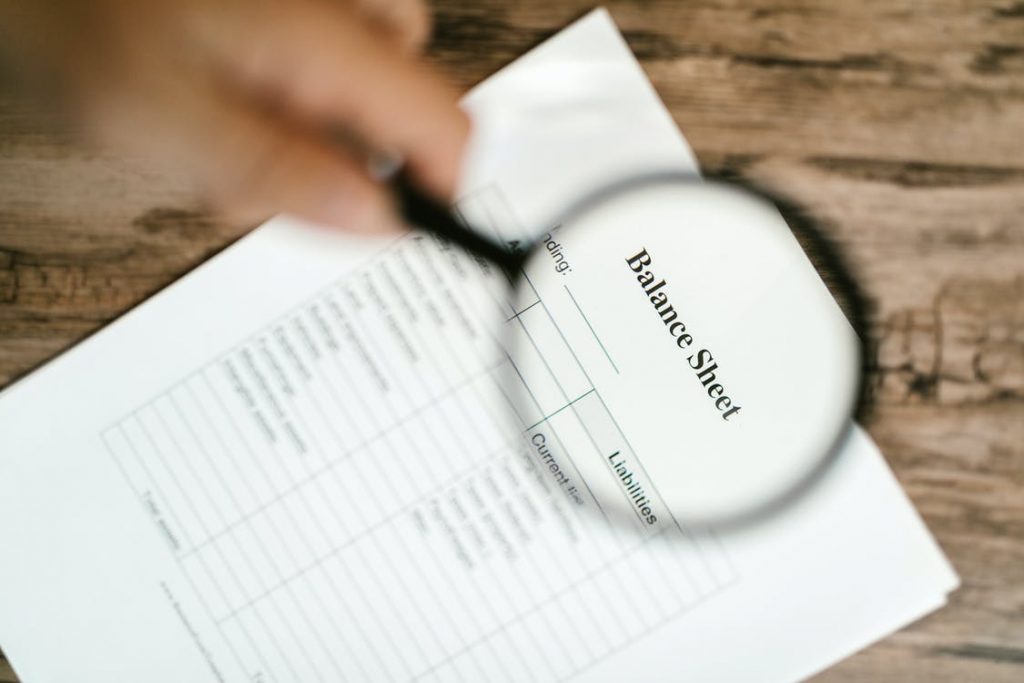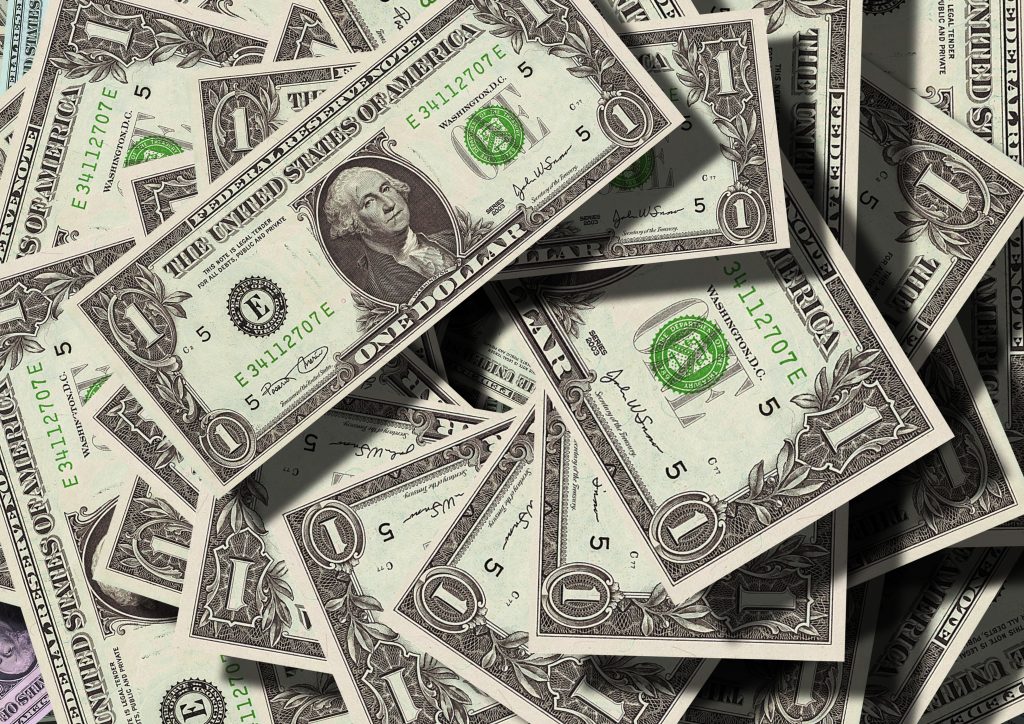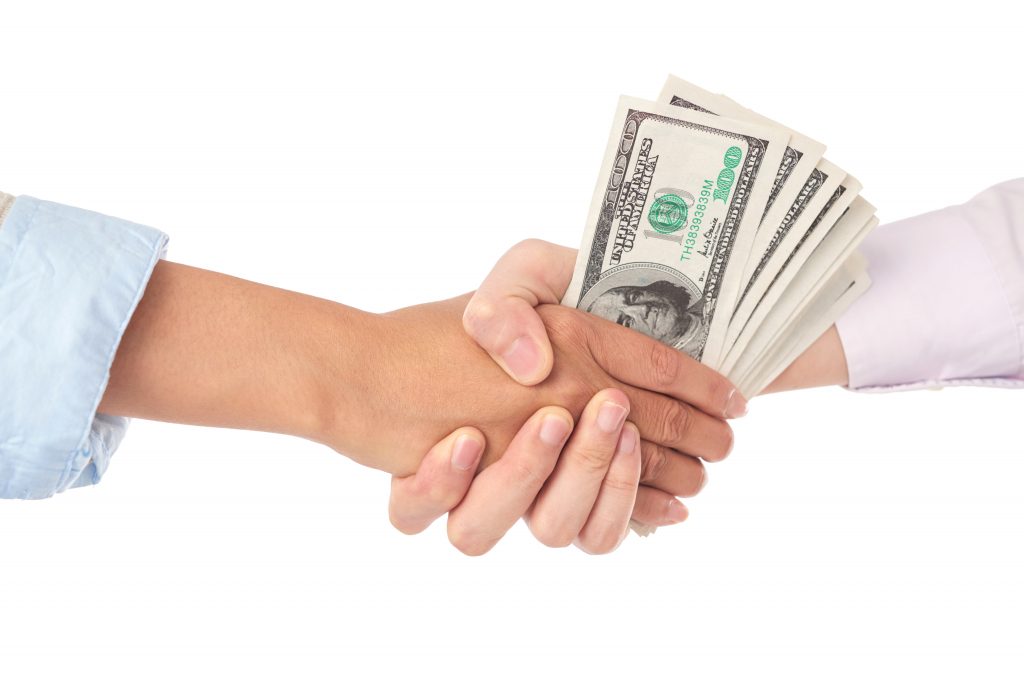Your Balance Sheet is the most important report you need to look at. It tells you what you own and what you owe.
This report shows your business assets, what you owe to external parties (your liabilities) and what you owe to yourself (your equity). It’s a snapshot of the true state of your business at a given point in time.
The main items in a balance sheet include:
- Cash at Bank (asset) – total amount of cash in the business bank accounts
- Accounts Receivable (asset) – total amount owed to the business by customers
- Inventory (asset) – total amount of stock on hand
- Prepayments (asset) – business expenses paid in advance ie before goods are received or service is provided
- Fixed Assets (asset) – the total value of items of value owned by the business such as land, machinery, motor vehicles, equipment
- Accounts Payable (liability) – total amount the business owes it’s suppliers
- Bank Loans (liability) – total amount owed to the bank for loans such as a mortgage on property
- Vehicle/Equipment Leases (liability) – total amount owed on leases for things such as cars and machinery or other equipment
- Owners Capital (equity) – the total funds the owner has invested in the business
- Retained Profit (equity) – the total amount of profit from previous years invested back into the business
- Drawings (equity) – the total amount of funds taken out of the business by the owner
Signs of trouble include:
- a low (or negative) cash balance
- high accounts receivable balance
- high inventory
- high levels of debt (and other liabilities)
Your Balance Sheet is also a good tool to check how accurate your bookkeeping is, as the items in the balance sheet need to be reconciled. If your numbers don’t balance then your bookkeeping is incomplete or inaccurate.
Inventory cost can be tricky, because it’s not included in Profit and Loss – it’s considered an asset to the business – but if you’re in the business of making or selling things, it’s a must-watch number.
Next month we will continue our series of blog posts on understanding your numbers, where we will explore the aged debtors and aged creditors reports to discover what information they provides and how to interpret them.
Do you take the time to understand your balance sheet? If you do what have you learnt from it.
Would love to hear your thoughts!



